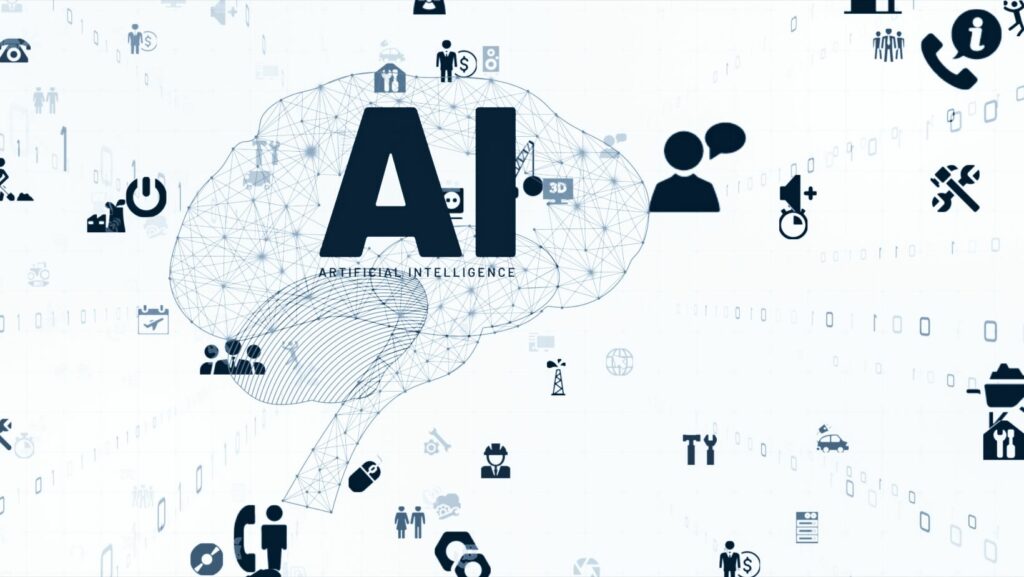In the fast-evolving world of technology, Python has emerged as a frontrunner for developing machine learning projects. Its simplicity and robust set of libraries empower developers and data scientists to build effective and efficient machine learning models. From predicting market trends to automating routine tasks, Python’s versatility makes it an ideal choice for a wide range of applications.
Diving into machine learning with Python opens up a plethora of opportunities. Beginners and seasoned experts alike find Python’s frameworks, such as TensorFlow and Scikit-learn, instrumental in turning complex theories into practical solutions. Whether it’s enhancing customer experiences or advancing scientific research, Python’s role in machine learning is pivotal and continues to grow as the field expands.
Machine Learning Python Projects
Understanding Project Complexity
 When embarking on machine learning projects using Python, understanding the complexity of the project plays a crucial role. Complexity determines the scope, resources needed, and the time frame for delivering a project. Machine learning projects can range from simple linear regression models that predict numerical values to complex deep learning projects like image recognition and natural language processing that require substantial computational power and expertise.
When embarking on machine learning projects using Python, understanding the complexity of the project plays a crucial role. Complexity determines the scope, resources needed, and the time frame for delivering a project. Machine learning projects can range from simple linear regression models that predict numerical values to complex deep learning projects like image recognition and natural language processing that require substantial computational power and expertise.
Factors like data size, data variety, and the nature of the problem significantly influence project complexity. For instance, projects involving big data technologies and real-time data processing come with increased complexity and require more advanced Python libraries such as Pandas for data manipulation and TensorFlow or PyTorch for machine learning.
Identifying Your Learning Goals
 Identifying one’s learning goals is essential before starting any Python machine learning project. Learning goals guide the selection of projects that align with one’s skills level and career aspirations. Beginners might start with projects that involve data cleaning and simple supervised learning models, while more advanced learners may tackle projects in unsupervised learning and neural networks.
Identifying one’s learning goals is essential before starting any Python machine learning project. Learning goals guide the selection of projects that align with one’s skills level and career aspirations. Beginners might start with projects that involve data cleaning and simple supervised learning models, while more advanced learners may tackle projects in unsupervised learning and neural networks.
Defining clear learning objectives helps in methodically enhancing Python programming skills and understanding of machine learning concepts. Whether the goal is to improve data preprocessing techniques, master machine learning algorithms, or become proficient in using machine learning libraries, each project should be selected based on how well it helps achieve these learning outcomes.
Key Machine Learning Python Projects to Consider
Predictive Analytics Using Regression Models
Predictive analytics projects, utilizing regression models, harness Python’s capabilities effectively. These projects apply libraries like SciPy and StatsModels to forecast outcomes based on historical data. An example includes predicting housing prices using multiple linear regression. These models analyze relationships between variables, allowing businesses to make informed decisions. If analysts understand the underlying patterns in data, they can predict future trends with precision.
Image Recognition with Convolutional Neural Networks
 Image recognition projects employ Convolutional Neural Networks (CNNs), leveraging libraries such as TensorFlow and Keras. These networks specialize in processing pixel data from images, adapting to recognize patterns like faces or objects. A typical project might involve developing a model that identifies and classifies different species of plants from images. The more quality data fed into the CNN, the more accurate the image recognition becomes.
Image recognition projects employ Convolutional Neural Networks (CNNs), leveraging libraries such as TensorFlow and Keras. These networks specialize in processing pixel data from images, adapting to recognize patterns like faces or objects. A typical project might involve developing a model that identifies and classifies different species of plants from images. The more quality data fed into the CNN, the more accurate the image recognition becomes.
NLP projects in Python use libraries like NLTK and spaCy to process and analyze human language data. Projects can range from sentiment analysis, which gauges the emotions in text, to machine translation, which converts text from one language to another. Effective NLP projects require robust datasets and an understanding of linguistics. As the complexity of the language data increases, these projects become critical in improving how machines understand and interact with human languages.
Tools and Libraries Essential for Machine Learning Projects
Embarking on machine learning projects with Python equips learners and developers with powerful tools and libraries designed to tackle complex challenges efficiently. Whether it’s harnessing TensorFlow and Keras for groundbreaking image recognition tasks or employing SciPy and StatsModels for predictive analytics, Python remains at the forefront of innovation in machine learning. As developers continue to explore the expansive capabilities of NLP through NLTK and spaCy, they’re not just coding; they’re also fine-tuning the communication between humans and machines. With each project tailored to specific learning goals and career aspirations, Python’s role in machine learning not only demystifies data but also enhances its practical application across various industries.


